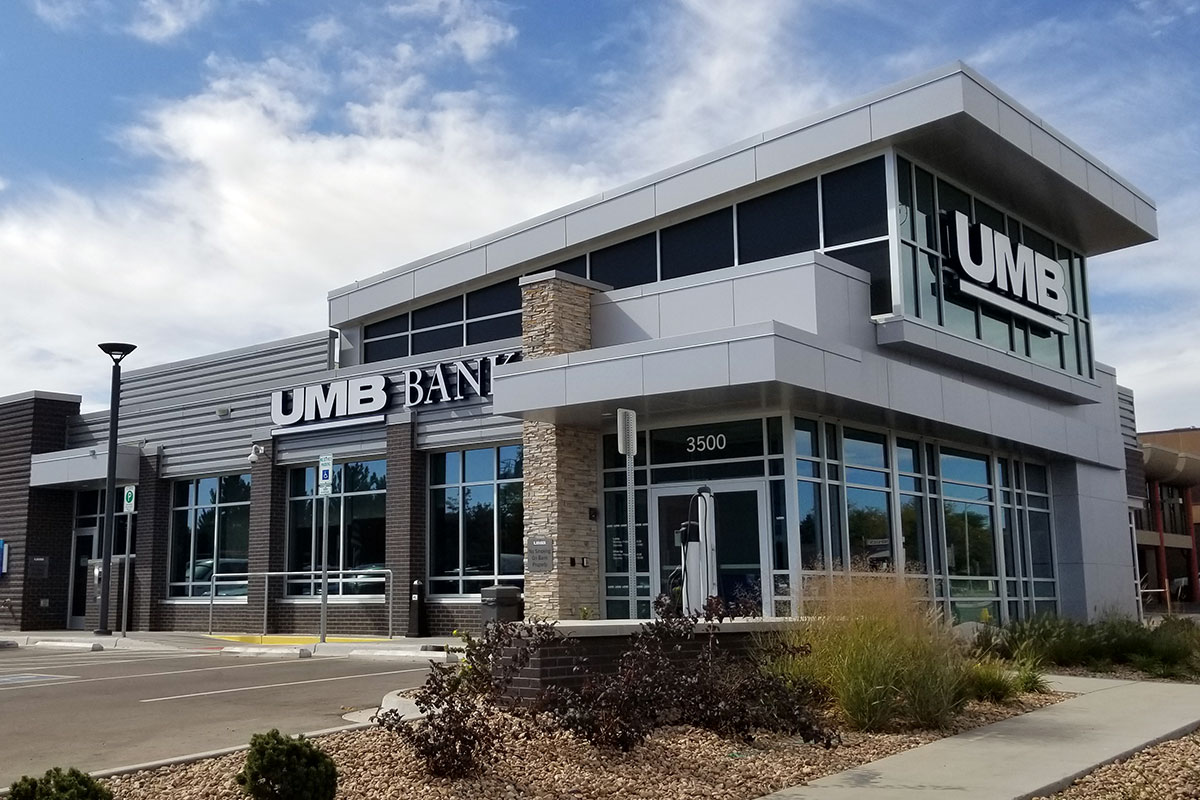In today’s work world, the burden of saving for retirement is borne primarily by employees. At the same time, healthcare expenses continue to rise. With five generations in the workforce, how can you, as an employer, help employees pay their current medical bills, while also encouraging younger workers (who may be living paycheck-to-paycheck) to save and older workers (who may have extra cash on hand) to invest for retirement?
If your company is struggling to reach employees in all five generations, you’re not alone. Each generation faces unique challenges on their retirement journey. While this might sound daunting, you may already offer one of the most valuable benefits to employees at any career stage: a Health Savings Account (HSA).
However, while many employers offer medical plans paired with HSAs, only 31% of employees with employer-sponsored health coverage have enrolled in an HSA, and only 24% of those enrolled make regular contributions.[1]
These numbers suggest that simply offering an HSA isn’t enough to compel employees to enroll and contribute. Instead, employers need to educate their participants on a “pay for healthcare now while saving for retirement later” strategy and actively market the HSA to their workforce.
The question, then, is how do you spread the word about and encourage engagement with HSAs?
Your education program
Education and communication are critical because both have a significant impact on employee engagement. Begin by explaining the basics and the advantages that an HSA offers, including:
- An HSA is paired with a qualified high-deductible health plan (HDHP)
- They’re both a savings and spending account
- It’s a triple-tax advantage[2] account:
- Tax-free contributions[3]
- Tax-free interest and investments
- Tax-fee withdrawals for qualified health expenses
- HSAs are 100% portable, owned by the employee
- Funds can be used now or at any time in the future —healthcare now, retirement later
- Once the account reaches a certain balance, employees can invest[4] their funds
- Paying for qualified healthcare expenses with tax-free money allows employees to stretch their paychecks and pay for expenses they may not otherwise be able to afford, such as a second set of glasses or orthodontics.
- Employees have to cover medical expenses anyway for doctor visits, dental care, and vision care. So why not save money with a tax-advantaged HSA?
Meeting each generation where they are
Understanding that each generation consumes information and learns very differently is critical. Tailoring your approach based on each generation’s unique attributes is a major key to an overall successful program. There are some general trends within each of the five generations currently in the workforce to be mindful of:
The Silent Generation: These employees were born between 1925 and 1946. This generation typically underestimates the amount of health care expenses they may incur post-retirement. Since they’re the least likely to ask for guidance, members of this generation would benefit from individualized support to help them build financial security.
Baby Boomers: This generation includes employees born between 1946 and 1964 and is unique in that they were mid-career when traditional pension plans and the retirement landscape started changing. They were the last generation that expected a pension as well as one of the first generations to use Flexible Spending Accounts (FSAs). Also, most didn’t start planning for retirement until they were older, around age 35. Employers can help by explaining:
- A HSAs features and long-term benefits.
- How an HSA is different than an FSA. HSAs roll over year to year, so employees won’t lose their money if they don’t spend it.
- How by investing their HSA balance now, they can grow the money in their account to use when they do decide to retire.
Gen X: These employees were born between 1964 and 1980 and are the first generation to rely on saving for retirement in a 401(k) plan. Also, like Baby Boomers, they are one of the first generations to use FSAs. Like Boomers, Gen Xers may not fully understand how to maximize their HSA funds because they still have the “FSA use-it-or-lost-it mentality.” Given this, it is important to:
- Educate these employees about an HSA’s features and long-term benefits.
- Explain how an HSA is different than an FSA.
Millennials: This generation includes employees born between 1981 and 1995. You can better help Millennials save more money for retirement by reinforcing the HSA’s features and long-term benefits.
Remind them that the HSA is a spending account as well as a savings account and that it has triple-tax advantages. In addition, emphasize how Millennials can take advantage of compounding interest by investing the money they don’t spend on healthcare expenses now, so they have more money for when they retire.
Gen Z: These employees were born between 1996 and 2012. While most Gen Zers contribute to their company 401(k), they’re not thinking about how much money they’ll need when they retire. Plus, they don’t understand how a HSA works. The good news is that Gen Zers are the equivalent of a blank canvas. This means employers can focus communication not only on the tax benefits of an HSA and how to use it to pay for healthcare expenses now, but also how to invest the money for retirement later.
Keep the conversation open, fun and continuous
Make open enrollment and HSA education engaging — even fun. Be creative: raffles, employee events, games, contests, scavenger hunts and other activities make enrollment and education more engaging. People learn better when they’re engaged.
Keep the conversation going, even after open enrollment. Communicate year round with employees who enrolled in the HSA plan as well as with those who didn’t engage. Your medical carrier and HSA administrator can help, with ideas about shopping for quality care, how to read an Explanation of Benefits statement, how an HSA fits into a long-term savings strategy, how to invest HSA funds and more. Strategize with them so that messaging is reinforced and complemented, rather than simply duplicated.
And remember, family healthcare decisions are often made by a spouse, so make sure all decision-makers have access to educational materials.
Connecting with employees across five generations on any topic is challenging, but particularly so when it comes to managing healthcare costs and retirement savings – and the role HSAs play. Maintaining a consistent cadence of communication, understanding your audiences, and connecting with them where they are will go a long way in helping your employees meet their vast and varied healthcare and savings needs.
Learn more about UMB Healthcare Services, which has one of the best HSAs for 2024 among all HSA providers.(Source: Investor Business Daily’s Best HSA Companies 2024 List‡)
When you click links marked with the “‡” symbol, you will leave UMB’s website and go to websites that are not controlled by or affiliated with UMB. We have provided these links for your convenience. However, we do not endorse or guarantee any products or services you may view on other sites. Other websites may not follow the same privacy policies and security procedures that UMB does, so please review their policies and procedures carefully.
[1] https://www.kff.org/report-section/ehbs-2020-summary-of-findings/
[2] All mention of taxes is made in reference to federal tax law. Neither UMB Bank n.a., nor its parent, subsidiaries, or affiliates are engaged in rendering tax or legal advice and this document is not intended as tax or legal advice.
[3] States can choose to follow the federal tax-treatment guidelines for HSAs or establish their own, some states tax HSA contributions. Please check with each state’s tax laws to determine the tax treatment of HSA contributions or consult your tax adviser.
[4] INVESTMENTS IN SECURITIES THROUGH UMB HSA SAVER ARE: NOT FDIC-INSURED · MAY LOSE VALUE · NO BANK GUARANTEE
Funds in an HSA Deposit Account are held at UMB Bank, n.a., Member FDIC





